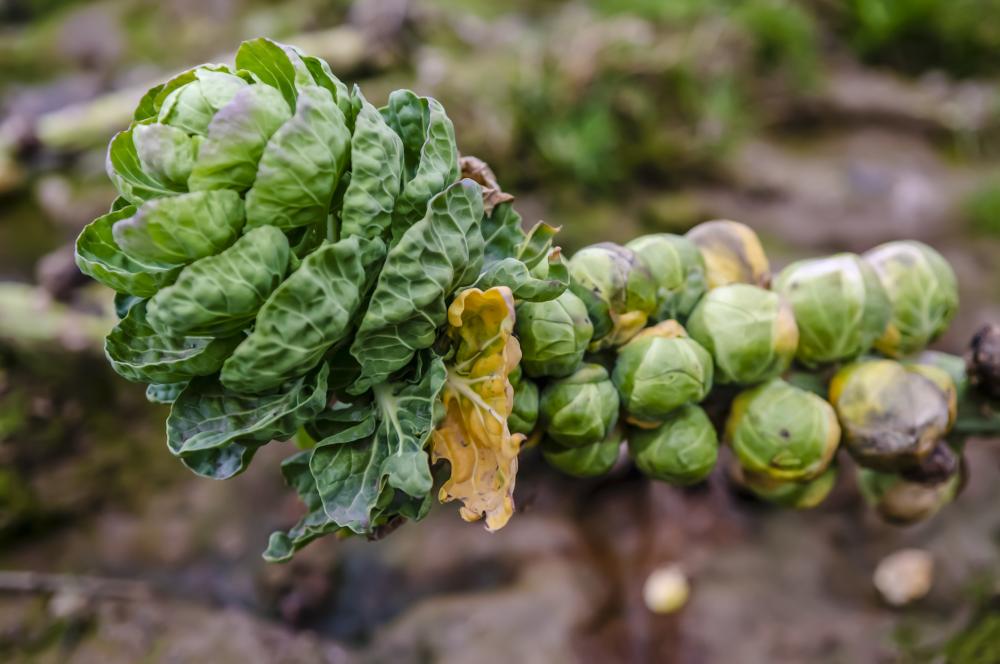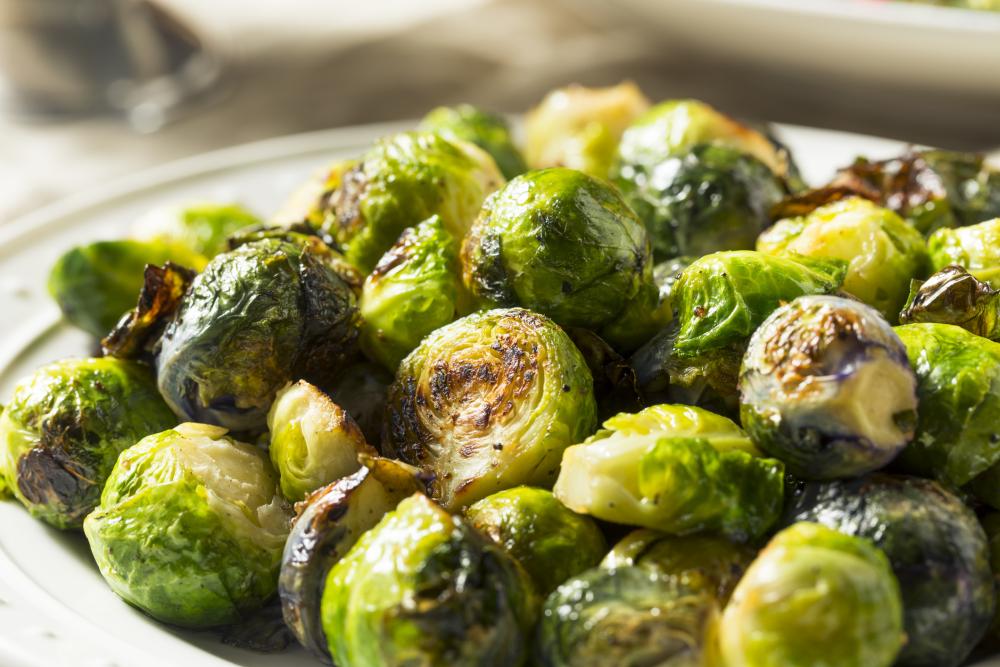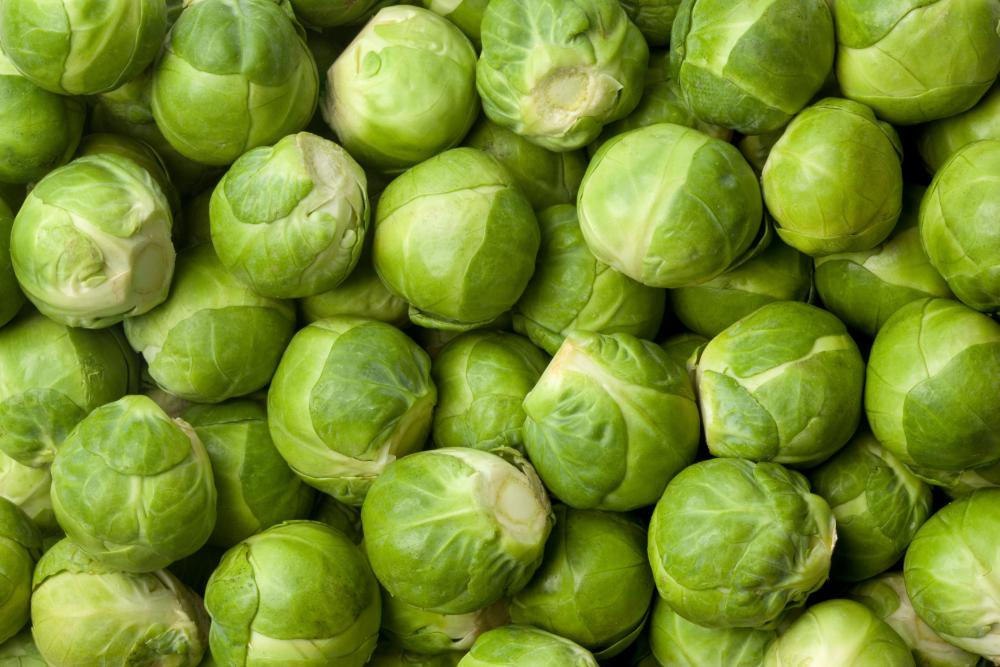8 Popular Brussels Sprouts Varieties For Your Garden
Since the first Brussels sprouts were first cultivated in 1200, more varieties have emerged to satisfy the demand for a tastier and more disease-resistant veggie. Some of those varieties established themselves while others just disappeared.
If you’re considering Brussels sprouts as the next nutritious vegetable to grow in your garden, then you’re in for a treat. There are a lot of Brussels sprouts varieties to choose from. Some have a sweeter taste and richer flavors while others are more tolerant to warm climates and will less likely bolt or develop loose leaves.
You can also choose cultivars that don’t lose their flavors when cooked or baked. If you’re only interested in the veggie as a salad ingredient, you’ll find varieties with more succulent leaves and richer flavors. We put together a list of the 8 most popular Brussels sprouts to grow in your garden.
Catskill
Although an heirloom cultivar, this variety is quite popular and widespread. Many commercial growers prefer it since it has a decent yield, larger heads, and doesn’t succumb to many growing problems and diseases that doom other varieties.
It was first developed in 1941 by renowned botanist Arthur White. White worked many years to cultivate a cultivar that produced heads that measured more than 2 inches. Although it’s common now to go to the grocery store and find above-average Brussels sprouts heads, back in the mid-20th century, the veggies were no bigger than golf balls.
Thanks to his hard work, Catskill was first introduced during WWII and was received well by farmers and hobbyists alike. The maturer plant doesn’t grow an inch above 12 inches and sports thick and sturdy branches that bear the weight of the mature sprouts gracefully. You won’t have to worry about thinning out the sprouts as you would with other varieties.
But what really makes Catskill so popular is that it has rich flavors and a sweet taste. Whether you cook it or eat it raw, the veggie keeps its flavors and enriches the dish you’re preparing with a combination of sugar and acid concentrations. The cultivar takes about 110 days to mature and has a decent yield.
Diablo
A cold-tolerant hybrid, Diablo has got it all. Smooth heads, heavy harvest, and delicious taste that fits well in many recipes. The mature plant can tower over 2 feet which is by Brussels sprouts’ standards is quite large.
That said, like the Catskill, the Diablo also needs about 110 days to be ready for harvesting. But since it not only can tolerate frost but relishes it, you should start the cultivar in the fall and let it soak up the chillness of the winter. By the time the spring warms up, the medium-sized sprouts are ripe and ready for picking. Moreover, the frost deepens the flavors and gives the sprouts a smooth texture and a rich, nutty taste. Stir-fry them in olive oil or add them to stews and broths to have a sumptuous side dish that will keep you warm on a winter evening.
Whether you’re a novice gardener or have many years of experience under your belt, growing Diablo is a rewarding experience. It has a few growing problems and both its germination rates and crop are quite reliable. People who grow sprouts commercially prefer Diablo as a consistent cultivar that doesn’t disappoint in terms of yield and productivity.
Green Gems
When the sprouts develop on the stems of the Green Gems they look exactly like pearls threaded together. The small sprouts grow in lines along the sides of the thick branches. And it’s not just a regular branch. More like a baseball bat with emerald green sprouts all over it. It’s a delightful sight as much as it’s a delicious veggie to harvest and prepare at home.
The one drawback here is that the Green Gems are not as large as many growers would prefer them. The sprouts barely grow to about an inch and a half in diameter. But just as great things come in small packages, the Green Gems have a nutty and sweet flavor and the tinder leaves literally melt on your tongue.
With such a delicious aroma and bright colors, one can ignore all the shortcomings of the cultivar. So unless you’re a commercial grower whose main concern is the bottom line, you’ll enjoy growing, harvesting, and cooking the Green Gems. Their buttery taste and earthly flavors make them a great addition to every recipe you can concoct. If you want to get creative in the kitchen, you can roast them with garlic. The hybrid has a long shelf life and you can freeze it without losing the flavors or buttery texture.
Jade Cross
Some Brussels sprouts cultivars have richer flavors, others have more tolerance for cold weather. But there are cultivars that seem to have got it all. A reliable and consistent high yield, fewer growing problems, and fun-sized sprouts that reward you for all your troubles. Of course, it’s not commercially viable since the sprouts are a mere half-inch in diameter.
But if size doesn’t matter in your garden, then the Jade Cross is your Brussels sprouts cultivar of choice. In fact, there are many advantages to growing the Jade Cross in the garden. For one thing, they stay fresh for a long time in the fridge. They don’t wrinkle or whither or lose their flavors as quickly as other cultivars with larger sprouts. Moreover, you can freeze them easily and keep your harvest fresh all year round.
It’s no wonder that the Jade Cross became popular among gardeners and homeowners and even won some prestigious awards such as the All-America Selections award. And when you consider that the cultivar has a high resistance to diseases and only takes about 85 days to mature, you can imagine why it has maintained its high position on the list of all-time popular Brussels sprouts varieties.
Long Island Improved
This cultivar is an upgrade over a previous cultivar that didn’t do well among Brussels sprouts fans. The first release of this cultivar required a long growing season, cooler temperatures, but no tolerance for frost or cold weather conditions at all. As a result, the cultivar could only grow in certain parts of the Midwest as long as the spring didn’t warm up too quickly.
But Long Island Improved, or Long Island 2.0 as the fans like to call it, proved to be a great success. It showed such resilience when it comes to frost and cold winters, that it was embraced almost immediately after its release. Moreover, since it can tolerate the frost, the cold spells only help improve its nutty taste and concentrate the sweet flavors of the leaves. Call it a win-win situation for those who are passionate about their Brussels sprouts.
Being an heirloom cultivar with only medium-size sprouts didn’t stop Long Island Improved from being cultivated widely by farmers. So much so that if you walk into a grocery store and find the Brussels sprouts aisle, chances are, you’ll find this hybrid waiting for you to take it home.
The high-yield cultivar needs about 100 days to mature, but it will happily spend most of them in the cold winter months.
Octia
If you live in a zone that doesn’t offer you a long growing season and you need to calculate your starting time accurately to avoid lost and damaged crops due to unpredictable weather conditions, Octia is the right cultivar for you. It only needs about 78 days to mature making it one of the Brussels sprouts hybrids to hit the 11 weeks mark.
On the other hand, you’ll get small sprouts that average one inch in diameter. But does size really matter in Brussels sprouts? If the above hybrids are any indication, the smaller the sprouts the tastier and sweeter they are. So maybe we shouldn’t judge Octia by the size of its sprouts and focus instead on the taste, yield, and flavors.
About the yield, this is one of the most productive hybrids in the Brussels sprouts world. However, to get the most harvest out of your plants, you’ll need to top them. In farming jargon, topping the plant means to cut off the tip of the main branch of the plant long before the sprouts have developed. This encourages more branches to grow with each bearing a heavy load of Octia sprouts. Each branch can grow to about 36 inches long and the sprouts are well spaced on the branches which prevent the plant from toppling over under the sheer weight of the buds.
Redarling
One of the advantages of having cultivars is that horticulturalists get to play around with natural plants and create a totally new plant with different genetic characteristics. A case in point is Redarling. A Brussels sprouts hybrid that instead of the usual green color, comes in purple hues. And this is not just a color that goes away with cooking.
If you place Redarling in a skillet with some olive oil and garlic or squeeze it on a tray into a burning hot oven, the sprouts will come out cooked and still looking purple. Think about it. How many purple veggies have you tasted lately, if ever? With Redarling, you can explore new culinary horizons and enjoy new dishes that win you the praise of friends and neighbors.
But of course, there’s a catch. This is one of the slowest cultivars to mature. It takes about 145 days from the time you plant it before you can finally harvest the delicious purple sprouts. This requires a long growing season and an accommodating weather system. So if you’re wondering why you don’t see too many purple Brussels sprouts in the market, this is the answer.
Mighty
Usually the word mighty describes objects or people with impressive shapes and qualities. But the Mighty cultivar is anything but impressive in terms of shape or size. The whole sprout by the time it is fully ripe and ready for picking measures about one inch or less. It has a nice green color about it and the nutty flavors make it almost addictive once you’ve cooked it right.
So the Mighty is actually mighty in terms of taste and flavors. Which is not a bad thing when you’re growing a veggie for your own consumption. And instead of collecting the heads one by one, you can just cut off the branch carrying them and roast the whole bunch in a large oven. It looks magnificent on a Thanksgiving dinner table.
Not usually grown commercially, the only chance you’ll have at getting a taste of this sweet hybrid is if you grow it yourself. It’s a low-maintenance cultivar that has a natural resistance to many diseases including Alternaria and leaf spot. It doesn’t bolt easily and has a good tolerance for cold weather conditions. And while it’s not one of the earliest cultivars to mature, it’s not one of the latest either. It needs about 100 days to mature as long as you time your planting so that you’re ready to harvest the heads before the warm weather.


